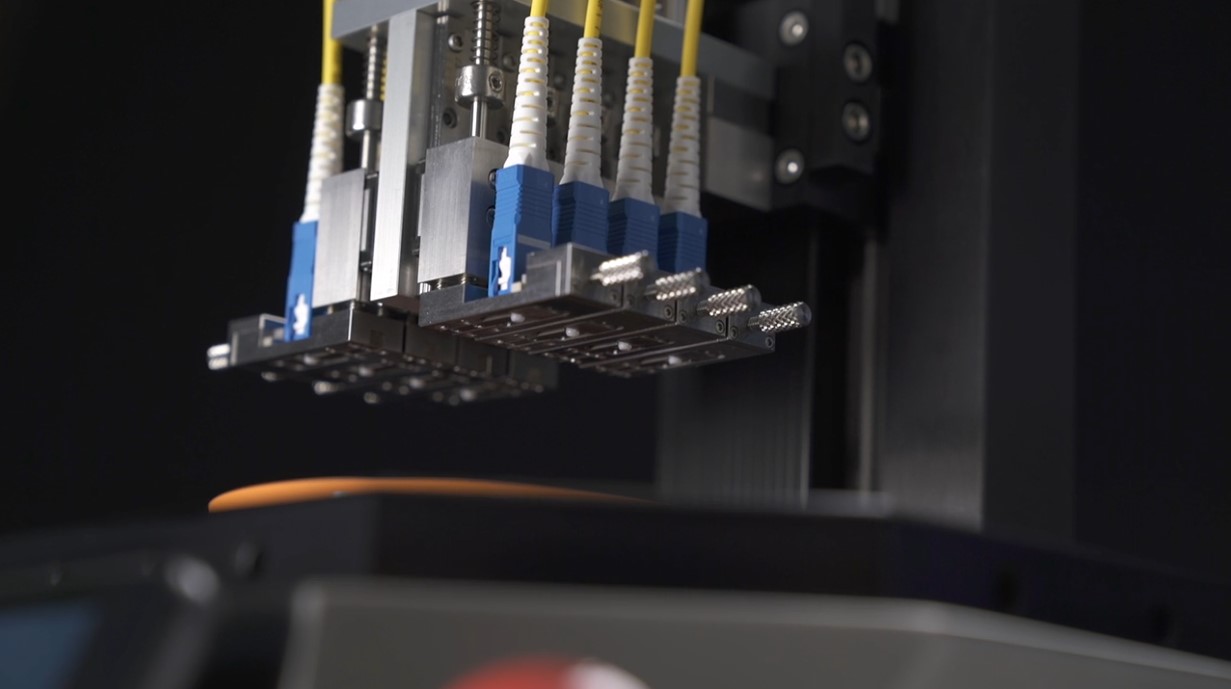Understanding Polish Types in Fiber Optics

In fiber optics, polish type refers to the method used to shape and finish the end face of a fiber optic connector. The polish type plays a critical role in determining the performance of the connection, particularly in terms of insertion loss and return loss. There are four primary types of polish in fiber optics:
Flat Polish (FP): This type features a fiber end face that is cut flat without any additional shaping. Flat polish generally results in higher return loss and is not commonly used in high-performance applications due to its tendency to reflect a significant amount of light back toward the source. As a result, flat polish is rarely found in modern systems but may still be encountered in older installations.
Physical Contact (PC): In this polishing method, the end face of the fiber is slightly curved to enhance contact with the mated connector. The curvature allows the fibers to touch, which minimizes air gaps. Compared to flat polish, PC offers better performance with lower return loss, typically around -35 dB or lower. This polish type is commonly used in multimode fiber applications.

Ultra Physical Contact (UPC): This method is similar to PC but involves a more refined polishing process that creates a smoother surface, reducing imperfections. UPC provides even lower return loss, typically around -55 dB or lower, compared to PC. This makes it an excellent choice for both multimode and single-mode fiber applications, especially where enhanced performance is required.
Angled Physical Contact (APC): This polish type features an end face that is polished at an angle, usually 8 degrees, which further reduces reflection. By minimizing the amount of light reflected back into the fiber, APC offers the best return loss performance among the polishing types, typically around -60 dB or lower. This makes it ideal for high-performance applications, particularly in single-mode fiber environments where maintaining signal integrity is crucial, such as telecommunications and data centers.
So, the choice of polish type is essential for optimizing the performance of fiber optic connections. Understanding the differences between these polishing techniques helps ensure the best possible signal integrity and minimizes losses in a fiber optic network.